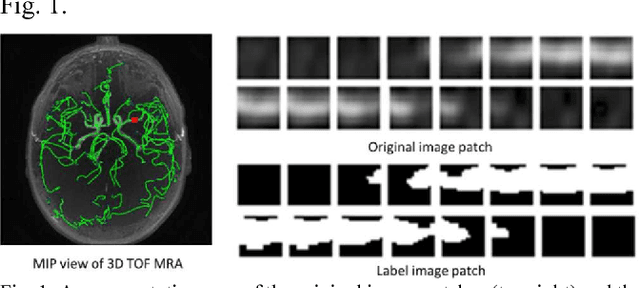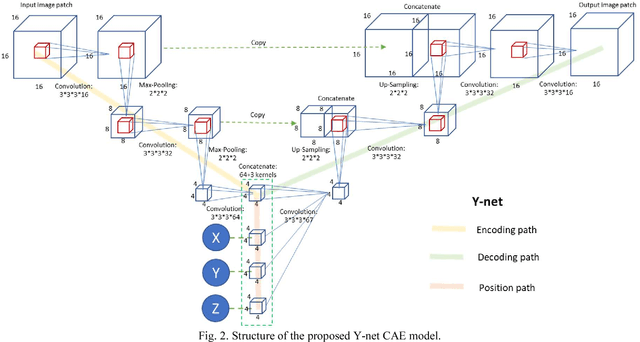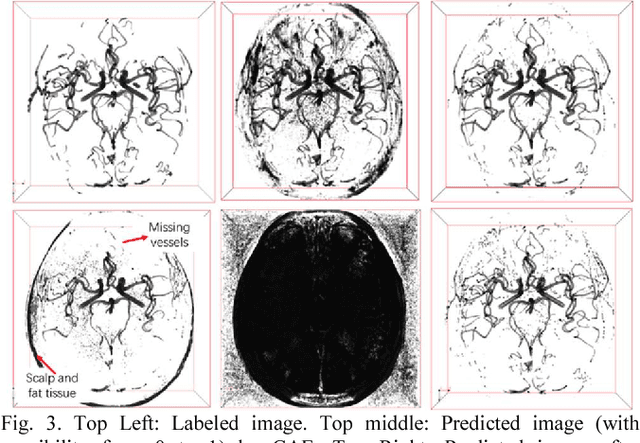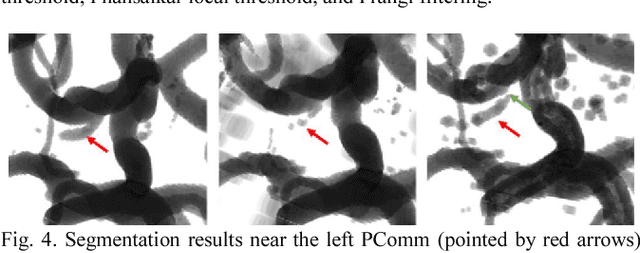Yanjun Xie
Y-net: 3D intracranial artery segmentation using a convolutional autoencoder
Dec 19, 2017



Abstract:Automated segmentation of intracranial arteries on magnetic resonance angiography (MRA) allows for quantification of cerebrovascular features, which provides tools for understanding aging and pathophysiological adaptations of the cerebrovascular system. Using a convolutional autoencoder (CAE) for segmentation is promising as it takes advantage of the autoencoder structure in effective noise reduction and feature extraction by representing high dimensional information with low dimensional latent variables. In this report, an optimized CAE model (Y-net) was trained to learn a 3D segmentation model of intracranial arteries from 49 cases of MRA data. The trained model was shown to perform better than the three traditional segmentation methods in both binary classification and visual evaluation.
 Add to Chrome
Add to Chrome Add to Firefox
Add to Firefox Add to Edge
Add to Edge